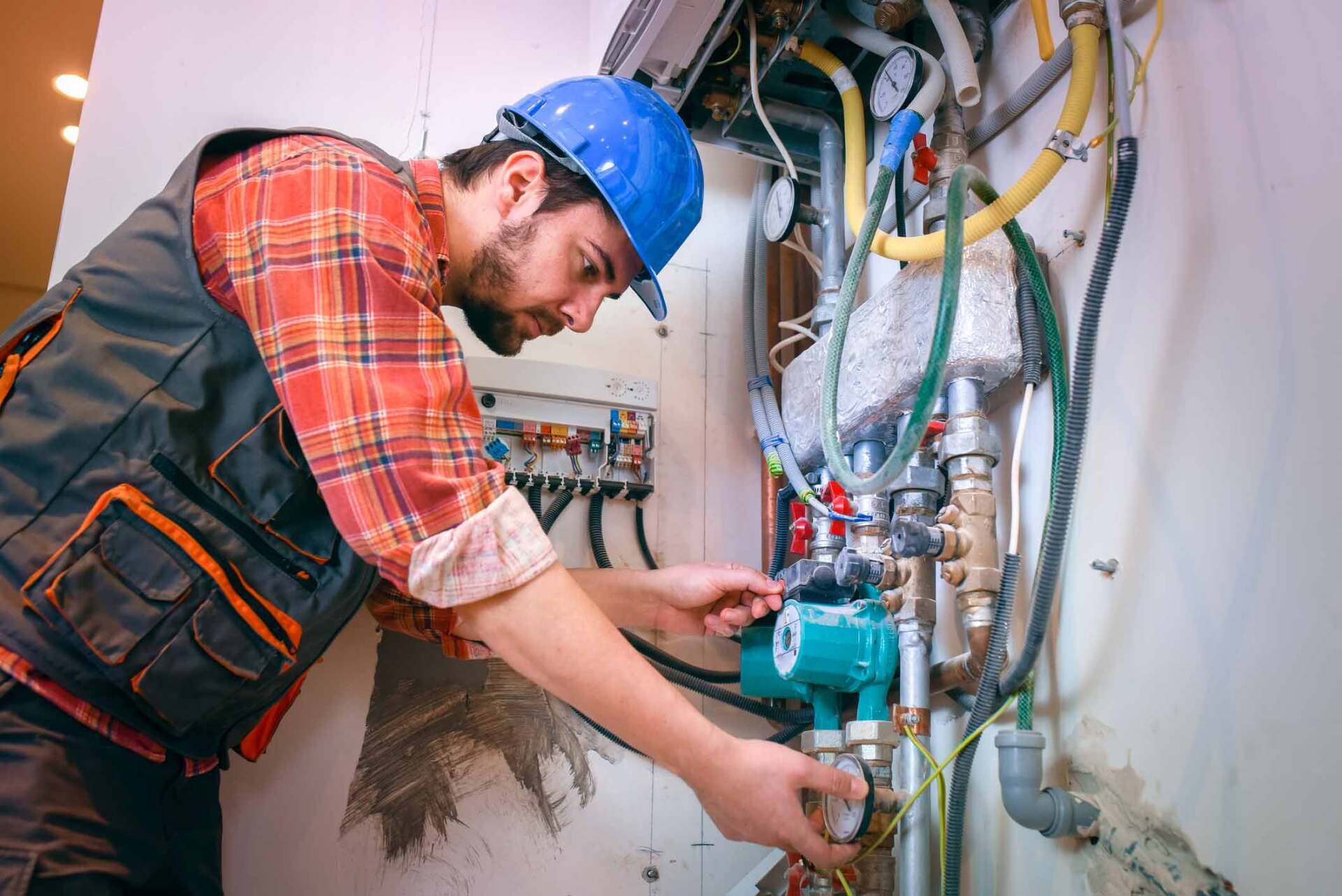Professional Gas Piping Installation & Conversion Services
Element Air Heating & Air Conditioning is proud to offer the highest quality gas piping and gas piping conversion services for residential and commercial customers. We specialize in the conversion of oil to gas, in order to run a high efficiency gas furnace in your home or business.
This service is not limited to only furnaces and boilers. We also offer gas piping for generators, firepits, BBQs, fireplaces, gas ranges and even hot water heaters. Please note, we do not install generators, but if you require a referral for generator installation at you home or business, please let us know. We have several trusted partners we can refer you to and we work with on a regular basis.
Ready to get started? Element Air Heating & Air Conditioning
offers free estimates! We also have senior, first-responder, and military discounts available. Give us a call today! We can’t wait to meet you and see how we can help out!
What is Gas Piping?
Gas piping in your home or business is a system that transports natural gas from the supplier to your heating system. The system is made up of branch lines that connect to various appliances all across your house. Descend lines, which are vertical pipes that drop down to an appliance, are connected to branch lines.
How Does Gas Piping Work?
Natural gas is delivered using piping systems that rely on pressure. Gas is pumped from a higher pressure to a lower pressure. After the natural gas is extracted, it travels along a highway-like system of pipes to end up in distribution systems that bring the gas into your home or business.
Gas travels from a distribution line, also known as a mainline, to a home or other structure via a service line, which is maintained by the natural gas provider. All equipment and gas supply lines downstream of this service line are the responsibility of the customer.
Before entering your home or business, the gas travels through a pressure regulator to reduce its pressure. When you turn on your gas furnace or stove, the gas pressure rises slightly beyond the air pressure, causing the gas to flow out of the burner and into the heating unit, igniting it.








